- Established 1982 -HOME: www.hiltonpond.org
THIS WEEK at HILTON POND Subscribe for free to our award-winning nature newsletter (Back to Preceding Week; on to Next Week) |
UP WITH BUTTONWEED, If you're a plant, one sure way to attract attention of a curious naturalist--and even more importantly, a pollinator--is to have a bright, white flower against the green background of nature. Another approach is to bear a flower with four petals instead of the more familiar three or five parts. Turns out an unfamiliar little plant now blooming just outside the office window at Hilton Pond Center displays both these attributes and sent us straight to Manual of Vascular Flora of the Carolinas and Virginia--our tried-and-true, hard copy, heavily worn go-to source for things botanical.
All text, maps, charts & photos © Hilton Pond Center Based on flower structure, we determined this little half-inch inflorescence was from a huge plant group with more than 13,500 species. It's in the Rubiaceae (Madder or Bedstraw Family), which means our backyard discovery is related to Coffee trees! We finally narrowed our specimen down to Diodia virginiana--commonly known as Virginia Buttonweed (aka Poor Joe) --a "new" native herbaceous species we'd not previously observed at the Center. Our Virginia Buttonweed was growing in a small cluster about a foot in diameter with several fuzzy flowers amid its lance-shaped leaves; it was right beneath one of our platform bird feeders. We're not sure where our backyard immigrant came from (perhaps accidentally mixed in with birdseed?), but we feel certain it was not growing and blooming in that spot last year. Subsequent to finding this floristic gem we discovered another larger Virginia Buttonweed colony flourishing in a shallow roadside ditch in front of the Center. Maybe those particular plants got to that locale via highway department equipment that periodically cuts grass along the highway. Since we groom those same shoulders with a riding mower, we inadvertently may have brought buttonweed seeds into the backyard on our own equipment. (NOTE: The plant also disseminates easily from stem fragments that could stick to mower blades and be dispersed elsewhere. It propagates further by underground rhizomes and, believe it or not, by self-pollinating flowers that remain BELOW ground!)
All text, maps, charts & photos © Hilton Pond Center The tiny tubular flowers of Virginia Buttonweed are covered with even tinier hairs (above) and are attractive as nectar and pollen sources for both Long-tongued (Anthophorid) and Short-tongued (Halictid) Bees. Nonetheless, these industrious insects are essentially superfluous; the plant's ABOVE-ground flowers are also self-pollinating, which enhances its overall fecundity even more. (And did we mention it's a perennial, with each established plant living several years?) To top it all off, buttonweed's seeds float on water, allowing them to disperse easily across a yard or downstream. It's an easy matter for a seed to end up in a crack in the walkway, as below, and to start a whole new mat-like colony. With all these sexual and asexual ways of propagating, we suspect buttonweed is one of those plants destined to survive.
All text, maps, charts & photos © Hilton Pond Center Virginia Buttonweed is quite common in the Southeast but is considered rare in northern parts of its range; it is absent north of Pennsylvania and is not native west of the Great Plains. Buttonweed's "most natural" habitats are "swamps, wet meadows, marshes, coastal prairies, and in mud along streams and ponds"--or, these days, in well-watered, over-fertilized front lawns where it tolerates close mowing. Although buttonweed leaves are usually deep green, as summer progresses they're often afflicted by Diodia Vein Chlorosis Virus, apparently transmitted by minuscule whiteflies. It destroys chlorophyll so that foliage becomes mottled with yellow, causing buttonweed to stand out in a verdant patch of grass--much to the homeowner's chagrin.
All text, maps, charts & photos © Hilton Pond Center We find it sad this little plant with delicate white flowers is condemned by some as a "difficult," "troublesome," "tormenting" plant that according to several sources is "the most invasive weed that infests turfgrass in the South." (Type "Virginia Buttonweed" into your computer search engine and you'll get page after page of anti-buttonweed diatribes and ways to eradicate it.) To vanquish this native species that "can overtake your lawn, 'stealing' vital nutrients from your grass," various lawnmeisters recommend repeated applications of post-emergent broadleaf herbicides such as 2,4-D, dicamba, mecoprop, carfentrazone, or metsulfuron. In our judgment, the grassmavens have priorities that are misplaced--even dangerous. We counter their pro-lawn, anti-buttonweed criticisms with a different position: Bermuda Grass, Centipede Grass, Tall Fescue, Zoysia, and St. Augustine Grass are among ""the most invasive monocultures infesting former native habitats in the South." In other words, where once there were meadows and woodlands, there are now vast expanses of grass. We support Virginia Buttonweed and disdain (actually, run from) the turf-tenders' prescribed chemical treatments for manicured lawns as hazards to one's personal and environmental health. (Y'know, there's a reason the skull and crossbones symbol belongs on all these yard chemicals.)
All text, maps, charts & photos © Hilton Pond Center In summary, we always like to say: "Down With Lawns," and up with Virginia Buttonweed and other native plants. If you're not into botany, remember that lawn chemicals and backyard pesticides also kill lightning bugs--and EVERYbody cares about lightning bugs. All text, maps, charts & photos © Hilton Pond Center
Checks also can be sent to Hilton Pond Center at: All contributions are tax-deductible on your Don't forget to scroll down for Nature Notes & Photos, |
|---|
|
"This Week at Hilton Pond" is written and photographed by Dr. Bill Hilton Jr., executive director of Hilton Pond Center for Piedmont Natural History
|
|
|
Please refer "This Week at Hilton Pond" to others by clicking on this button: |
|

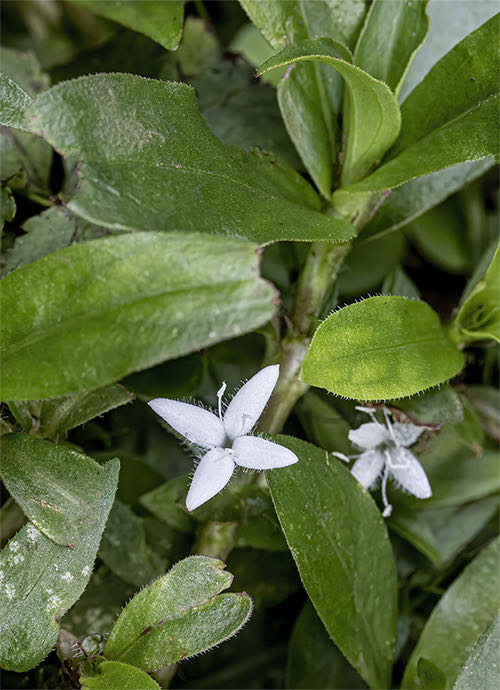
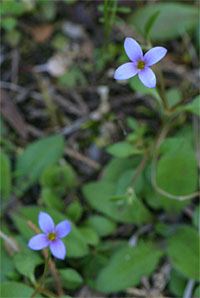
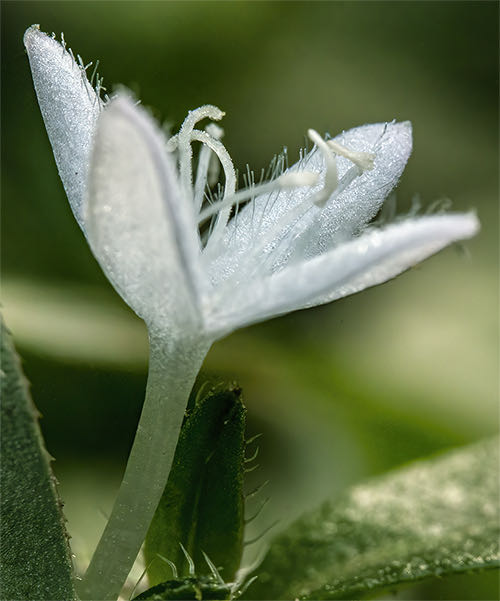
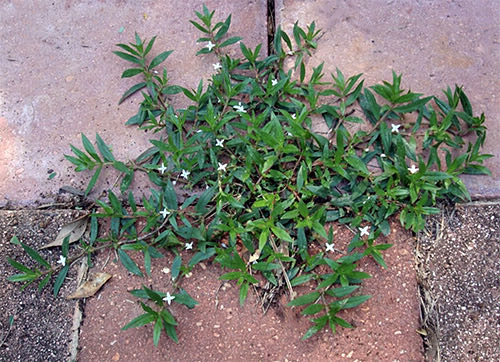
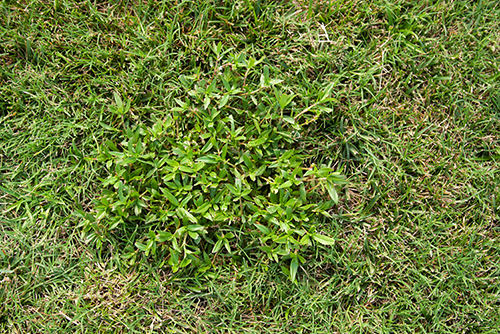
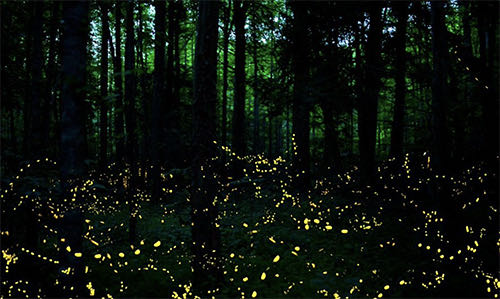










 Please report your
Please report your